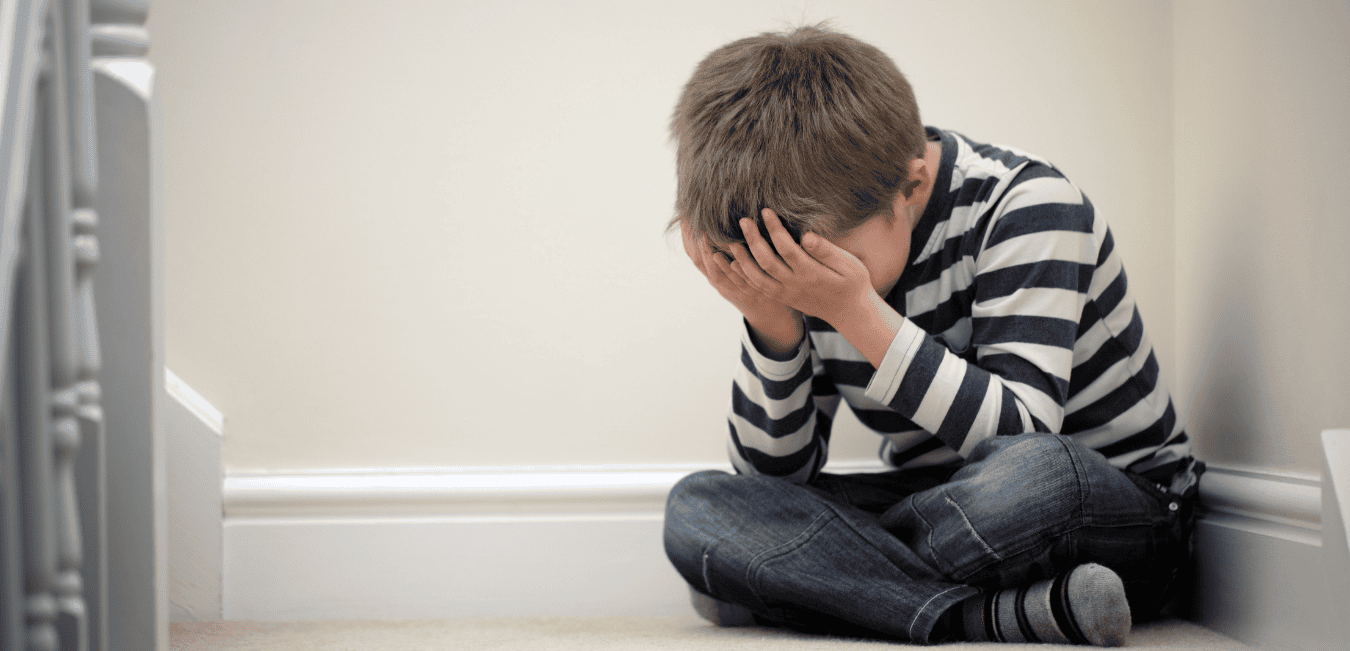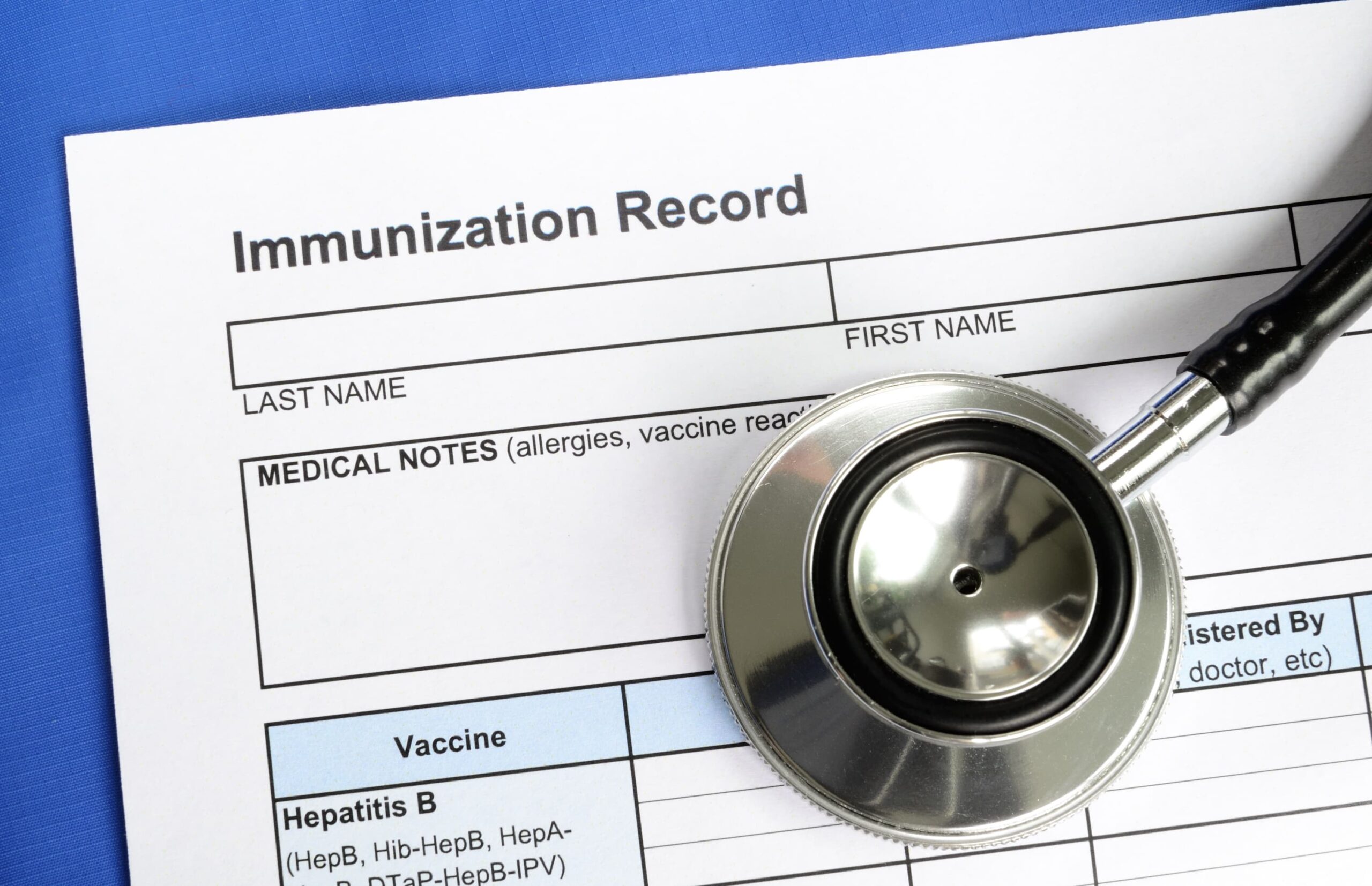Anxiety in children has been on the rise since the beginning of the pandemic. Various studies estimate that rates of anxiety are between 20-35% in children and adolescents, which works out to one out of every 3-5 children. Chances are that your child or a child you care about is experiencing anxiety. An adult who recognizes when a child is struggling can make a huge difference in their life.
 Girls and children with Attention Deficit and Hyperactivity Disorder (ADHD) and Autism Spectrum Disorder (ASD) are at higher risk for anxiety.
Girls and children with Attention Deficit and Hyperactivity Disorder (ADHD) and Autism Spectrum Disorder (ASD) are at higher risk for anxiety.
Signs and Symptoms of Anxiety in Children
Anxiety is easy to miss in children because the signs can be different than in adults. Sometimes a child exhibiting this kind of behavior ends up being labeled as difficult, overly sensitive, immature, or having trouble fitting in. Listed below are some common signs.
- Worrying or being afraid that something bad will happen
- Negative thoughts and negative self talk
- Difficulty concentrating and zoning out
- Difficulty starting tasks, procrastination, fear of trying new things
- Insomnia and/or nightmares
- Lack of appetite, upset stomach, and stomach aches
- Irritability, crying, angry outbursts, meltdowns or tantrums
- Frequent toileting and/or bedwetting
- Restlessness and fidgeting
- Tension held in the body and jumpiness
- Increased clinginess
- Headaches, heart palpitations, sweating
- Avoiding usual activities like playdates, school, or going out in public
- Difficulty in social situations and withdrawal from friendships
When considering the above list, remember that some of these symptoms may be developmentally appropriate. What professionals generally look for are behaviors that are different from what is usual for the child and behaviors that started during or after a stressful or traumatic event.
When kids exhibit mostly physical symptoms, they may end up having a number of tests and treatments as doctors need to rule out physical health concerns. It’s important to remember that anxiety may cause true physical symptoms. A stomach ache caused by anxiety isn’t “all in the head” and it certainly isn’t being made up so that a child can avoid an anxiety-provoking situation like school (although that does happen).
Most of the above symptoms are also considered non-specific symptoms, meaning that their presence could indicate anxiety, but they could also indicate many other conditions as well. If they don’t resolve with home treatment for anxiety, the next best step is to consult a professional for help.
To learn how to support an anxious child, see 6 Strategies To Support A Child Struggling With Anxiety – Dr. Green Mom and What Not To Do When Parenting Anxious Kids – Dr. Green Mom.
When To Seek Professional Help
It is time to seek professional help when:
- Anxiety is affecting school, family life, or friendships.
- Anxiety symptoms are getting worse or aren’t improving with home treatment.
Summary
Anxiety in children is at an all time high. It doesn’t always look the same as anxiety does in adults. Knowing the symptoms is important so that the child can get the support they need rather than struggling alone.
References:
Meherali, S., Punjani, N., Louie-Poon, S., Abdul Rahim, K., Das, J. K., Salam, R. A., & Lassi, Z. S. (2021). Mental Health of Children and Adolescents Amidst COVID-19 and Past Pandemics: A Rapid Systematic Review. International journal of environmental research and public health, 18(7), 3432.
Tang, S., Xiang, M., Cheung, T., & Xiang, Y. T. (2021). Mental health and its correlates among children and adolescents during COVID-19 school closure: The importance of parent-child discussion. Journal of affective disorders, 279, 353–360.
Panda, P. K., Gupta, J., Chowdhury, S. R., Kumar, R., Meena, A. K., Madaan, P., Sharawat, I. K., & Gulati, S. (2021). Psychological and Behavioral Impact of Lockdown and Quarantine Measures for COVID-19 Pandemic on Children, Adolescents and Caregivers: A Systematic Review and Meta-Analysis. Journal of tropical pediatrics, 67(1), fmaa122.
Racine, N., McArthur, B. A., Cooke, J. E., Eirich, R., Zhu, J., & Madigan, S. (2021). Global Prevalence of Depressive and Anxiety Symptoms in Children and Adolescents During COVID-19: A Meta-analysis. JAMA pediatrics, 175(11), 1142–1150.








